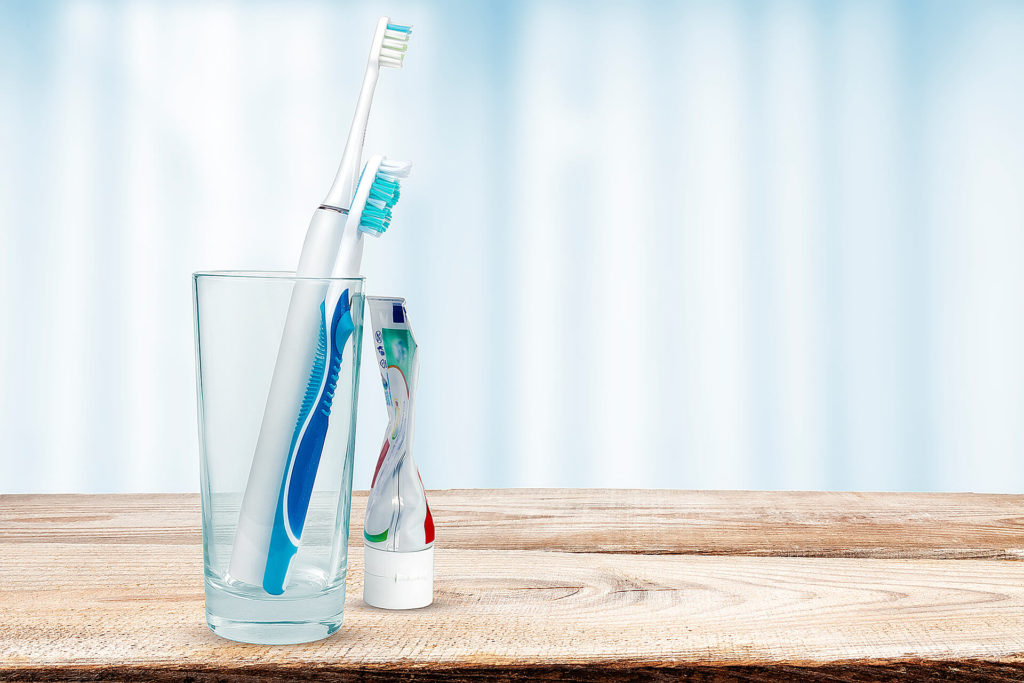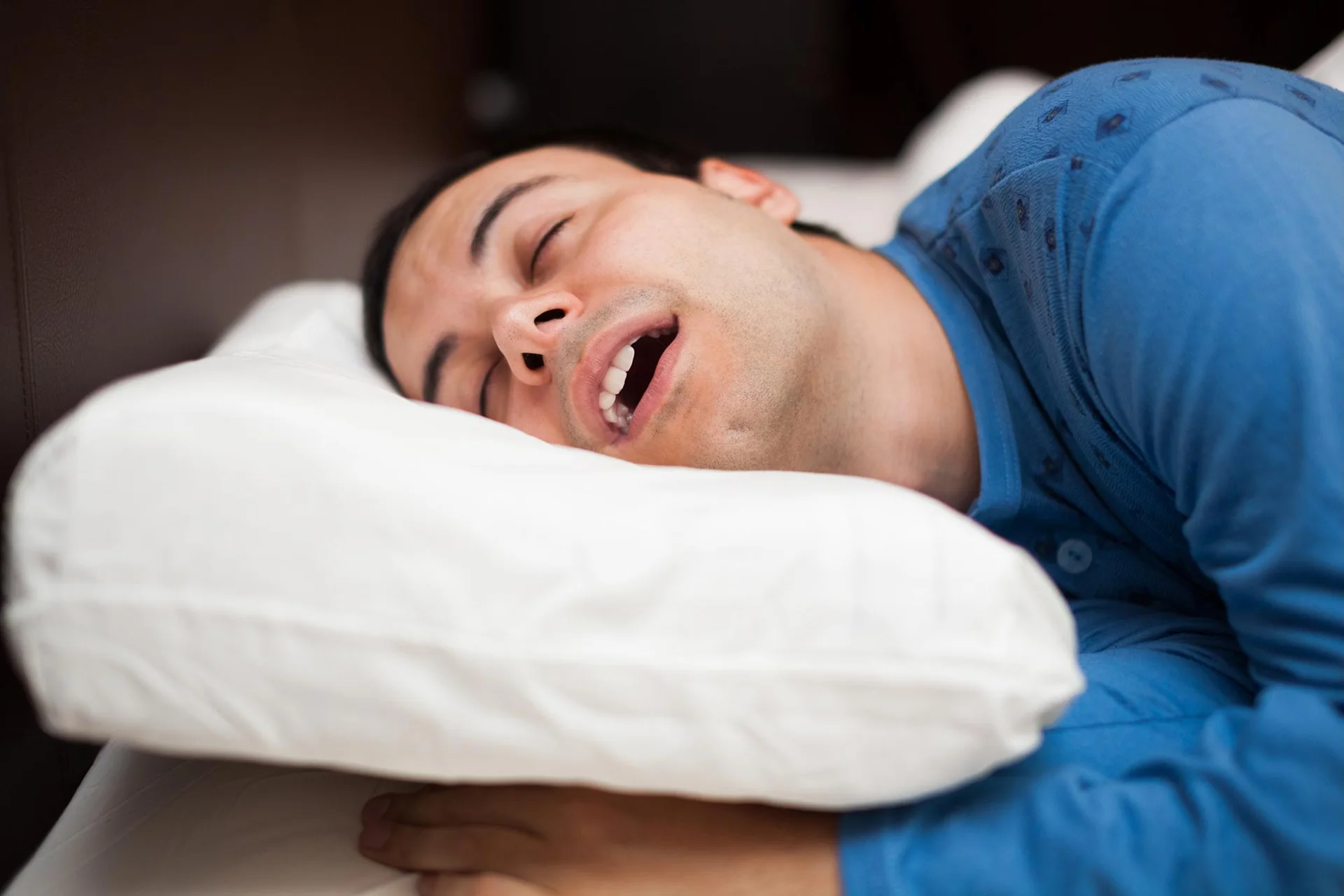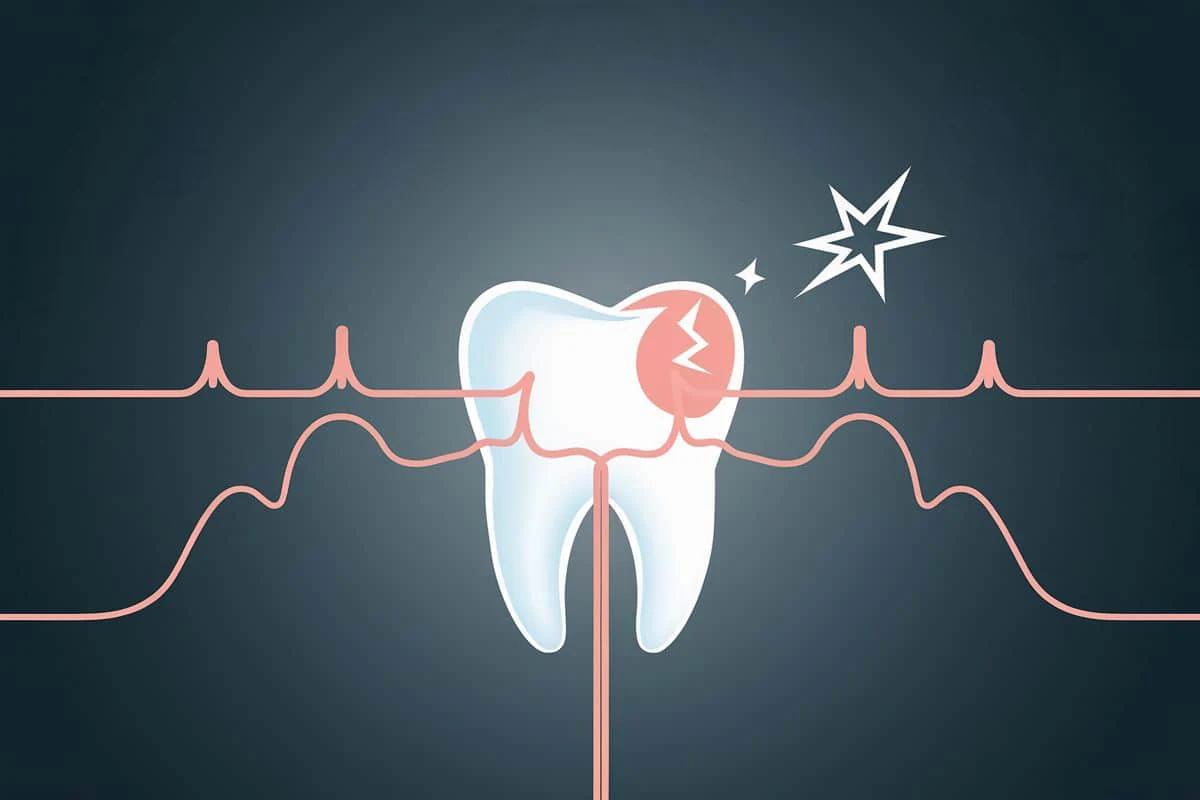Hesitating between a manual and an electric toothbrush? The good news: both can work well if technique and regularity are maintained. However, science shows a measurable advantage for electric toothbrushes in reducing plaque and gingivitis, making them a good choice for many people, especially if plaque control is difficult or if gums are sensitive.
Table of Contents
- Electric vs. Manual: What Does the Evidence Say?
- Choosing According to Your Situation
- Head, Bristles, and Ergonomics: Key Pointers
- Brushing Technique: 2 Minutes, Twice a Day
- Completing Your Brushing: Between Teeth and Tongue
- When to Replace Your Brush / Brush Head?
- Fluoride: The Right Daily Habit
- In Practice: How to Decide?
- Our Guidance in Geneva
Electric vs. Manual: What Does the Evidence Say?
The Cochrane reviews conclude that electric toothbrushes reduce plaque more (≈ 11% at 1–3 months; ≈ 21% after 3 months) and gingivitis (≈ 6% at 1–3 months; ≈ 11% after 3 months) compared to manual ones. Oscillating-rotating models are often the best documented. In practice: they primarily help those who struggle to brush effectively, who wear braces, or who have gingivitis.
Choosing According to your Situation
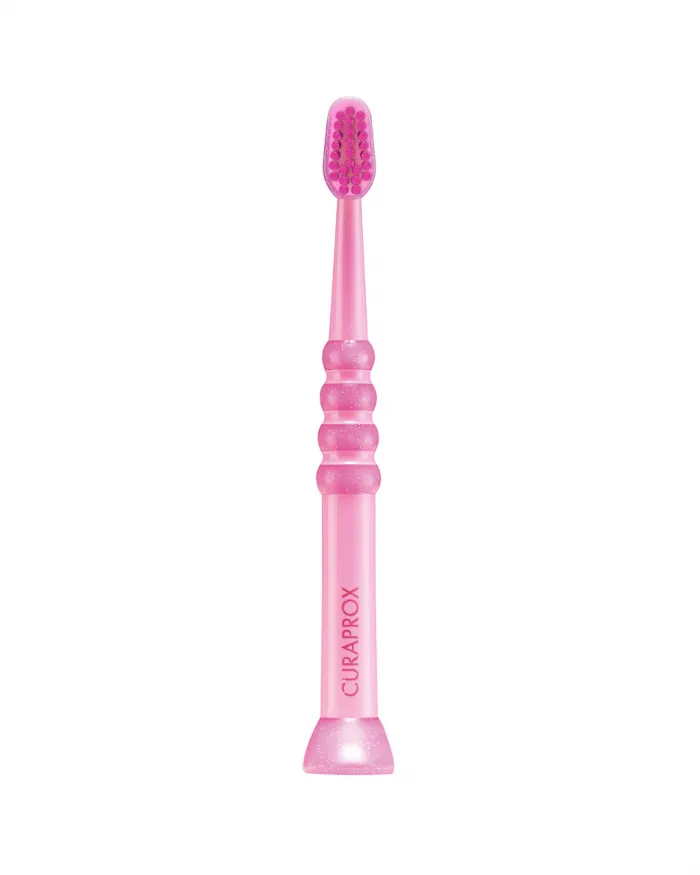
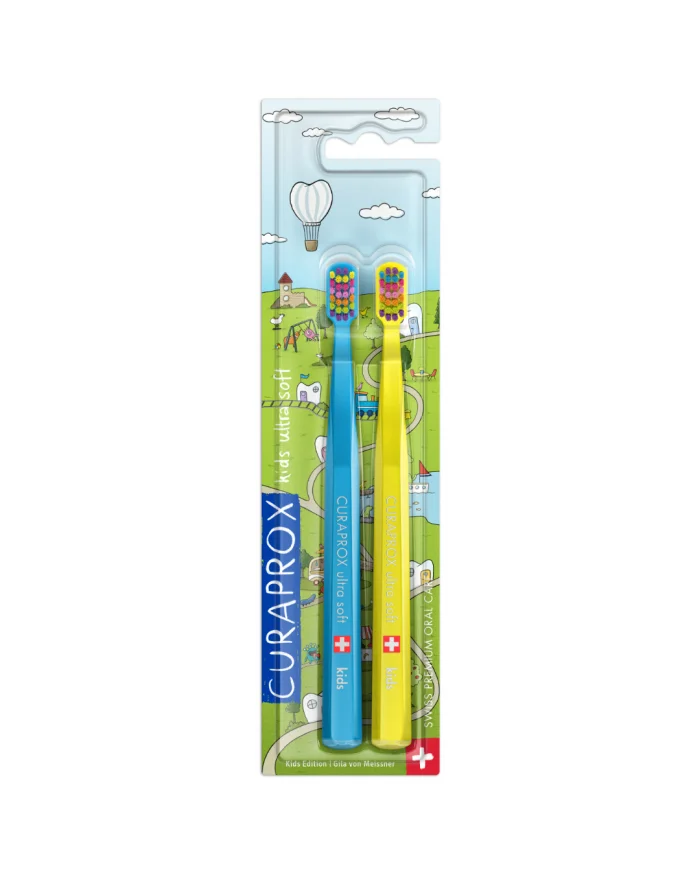
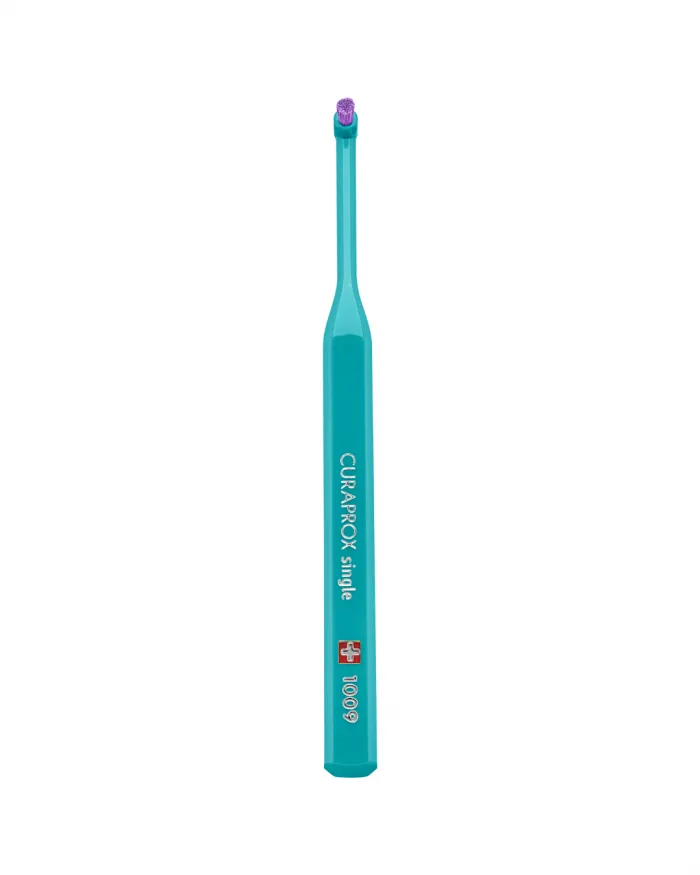
Babies and Children: Smaller head, easy-to-hold handle. Autonomy develops around 6–7 years old (always under supervision). A simple guideline: if they can tie their shoelaces, they have the coordination to brush correctly.
Orthodontic Appliances (Braces): Opt for an orthodontic brush with a central groove (which surrounds the brackets and goes around the wire) and supplement daily with interdental brushes under the wire. For difficult areas (around attachments, near the gumline, behind molars), add a single-tuft brush for precise cleaning with micro-movements without applying pressure.
DentalGeneva Tip
Discuss it during a consultation in Geneva, and we’ll show you the correct technique!
Sensitive Gums, Implants, Post-Surgery: Opt for extra-soft bristles or a sulcular brush (finer) to limit irritation.
Adults without specific issues: Choose soft bristles as standard: customize your choice according to your gums and technique.
Head, Bristles, and Ergonomics: Key Pointers
A small head better accesses molars. Prefer rounded bristle tips (gentler on enamel and gums). Avoid hard bristles (risk of abrasion and recession). If you opt for an electric toothbrush, let the head work without scrubbing, surface by surface, for a few seconds on each area.
Brushing Technique: 2 Minutes, Twice a Day
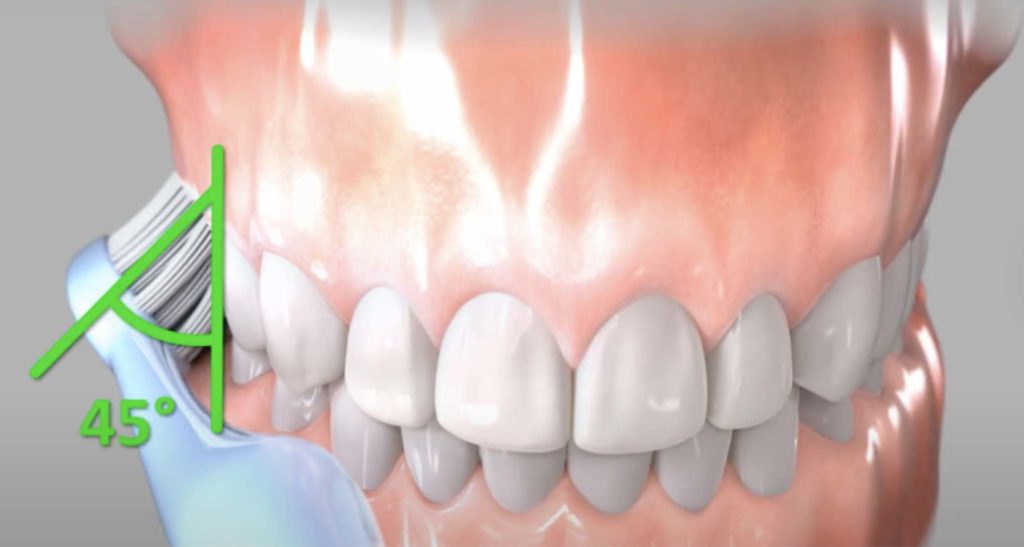
The fundamental difference-maker: two daily brushings of 2 minutes, especially at bedtime, with a fluoride toothpaste. The modified Bass technique (45° inclination, small movements near the gingival sulcus, then sweeping) is a reliable method. Electric toothbrushes help thanks to their timer and sometimes a pressure sensor. After spitting, do not rinse with a lot of water: you keep the fluoride on your teeth longer.
Did You Know?
The ideal pressure for brushing your teeth is like holding an orange in the palm of your hand 🍊. Imagine this gentle, light weight: that’s exactly the force you should apply to your brush, no more!
Completing your Brushing: between Teeth and Tongue
Brushing does not clean between teeth. Add daily interdental cleaning: dental floss (or floss threaders under bridges/implants), interdental brushes when space allows. A tongue scraper more effectively reduces deposits on the tongue (often useful in cases of halitosis). Water flossers can help if flossing is difficult, but they do not remove all biofilm: they are a supplement.
When to Replace your Brush / Brush Head?
Every 3–4 months, or sooner if the bristles are frayed: a worn brush cleans significantly less effectively. Take advantage of calendar reminders or brush head packs to stay regular. It is advisable to replace your toothbrush after the flu, a cold, tonsillitis, or any viral/bacterial infection. Germs can remain on the bristles for a few days, and even if it’s very rare, the risk of reinfection exists.
Fluoride: the Right Daily Habit (Switzerland)
Fluoride strengthens enamel and helps prevent cavities. In Switzerland, it is provided by fluoridated toothpastes and fluoridated table salt. For adults, aim for a toothpaste between 1000 and 1500 ppm; for children, adjust the dose and quantity (trace/pea-sized amount) according to age, maintaining parental supervision.
To learn more
The Swiss Dental Association (SSO) has published a clear and accessible document: Why does my toothpaste contain fluoride? (SSO guide – GABA Switzerland).
In Practice: how to Decide?
- If you are consistent and use good technique: a manual toothbrush may suffice.
- If you have gingivitis, braces, limited dexterity, or difficulty cleaning effectively: an electric toothbrush (ideally oscillating-rotating) will give you a measurable boost. In any case, daily interdental cleaning + fluoride make the real difference in the long run.
Our Guidance in Geneva
At Dental Geneva, we personalize your routine: brush choice, technique adjustments, selection of interdental brushes or a water flosser if needed. During a check-up, we can also visualize plaque with disclosing tablets to target missed areas.
Make an appointment: we’ll review everything together and you’ll leave with a simple and effective plan!
